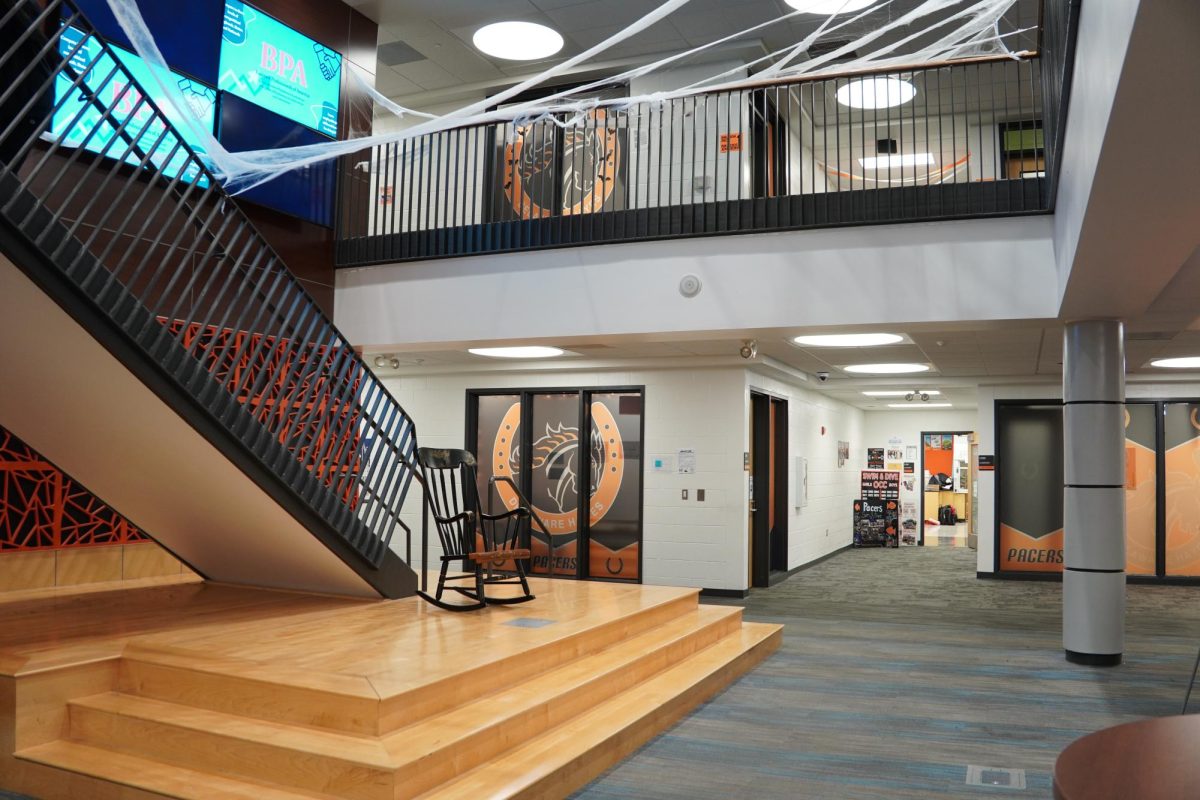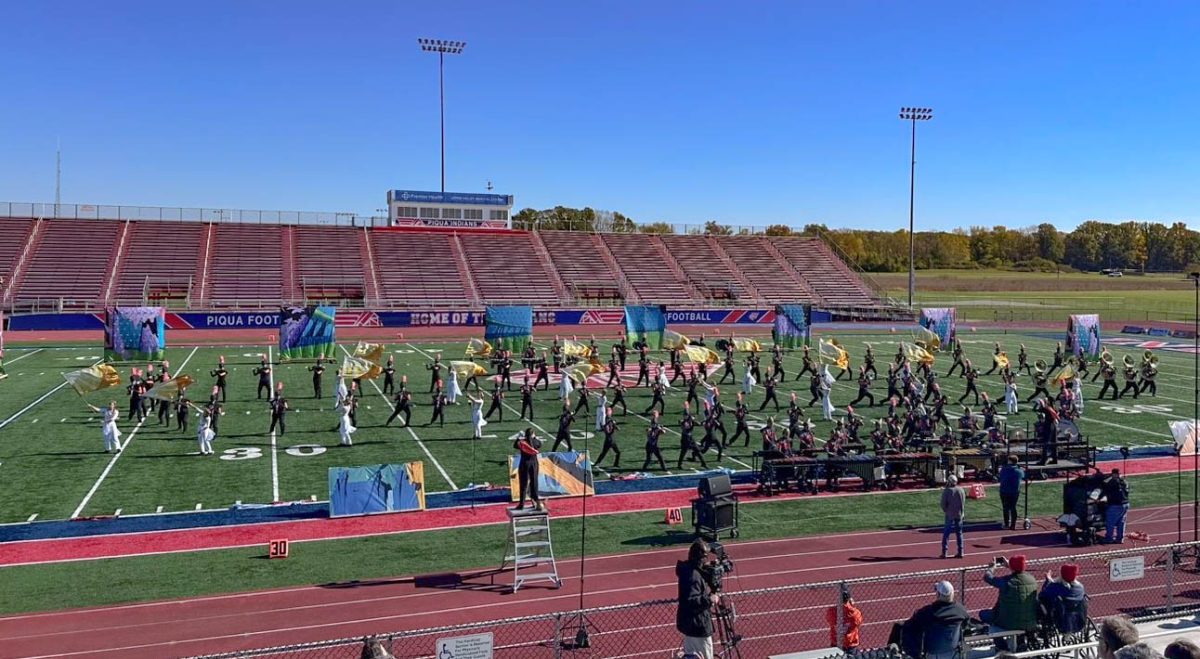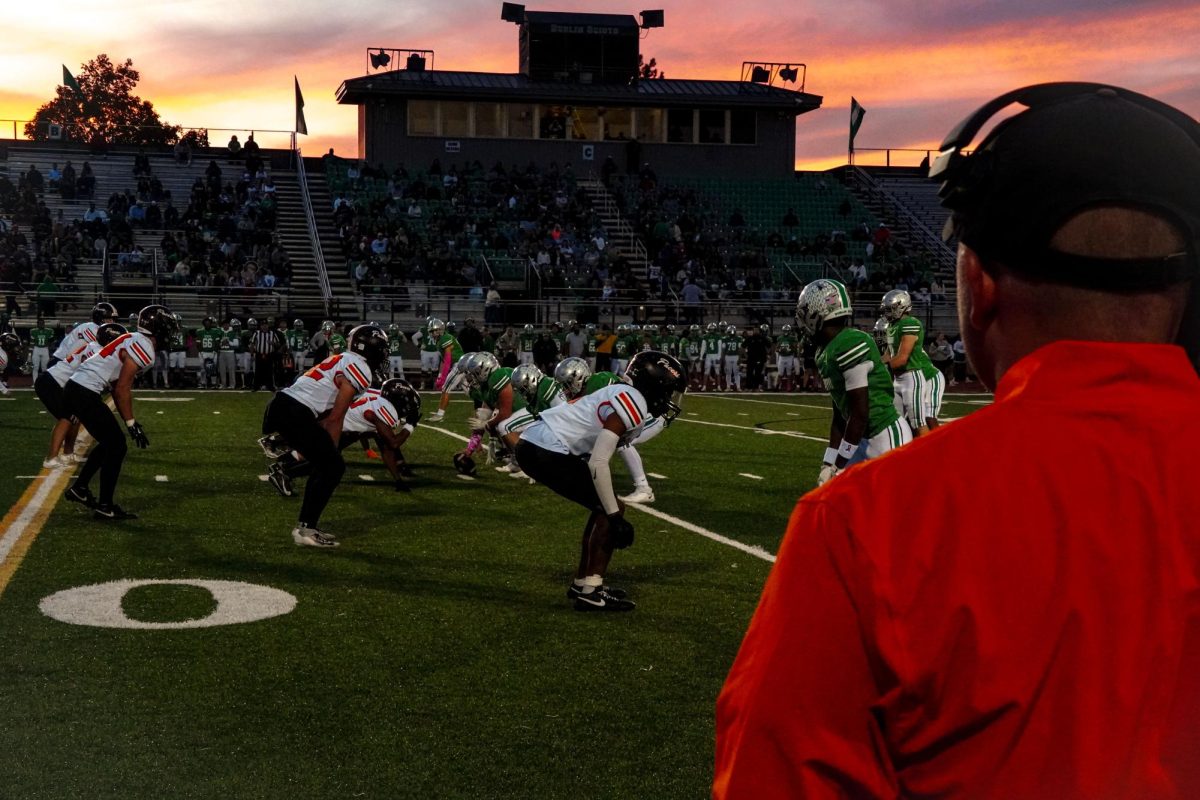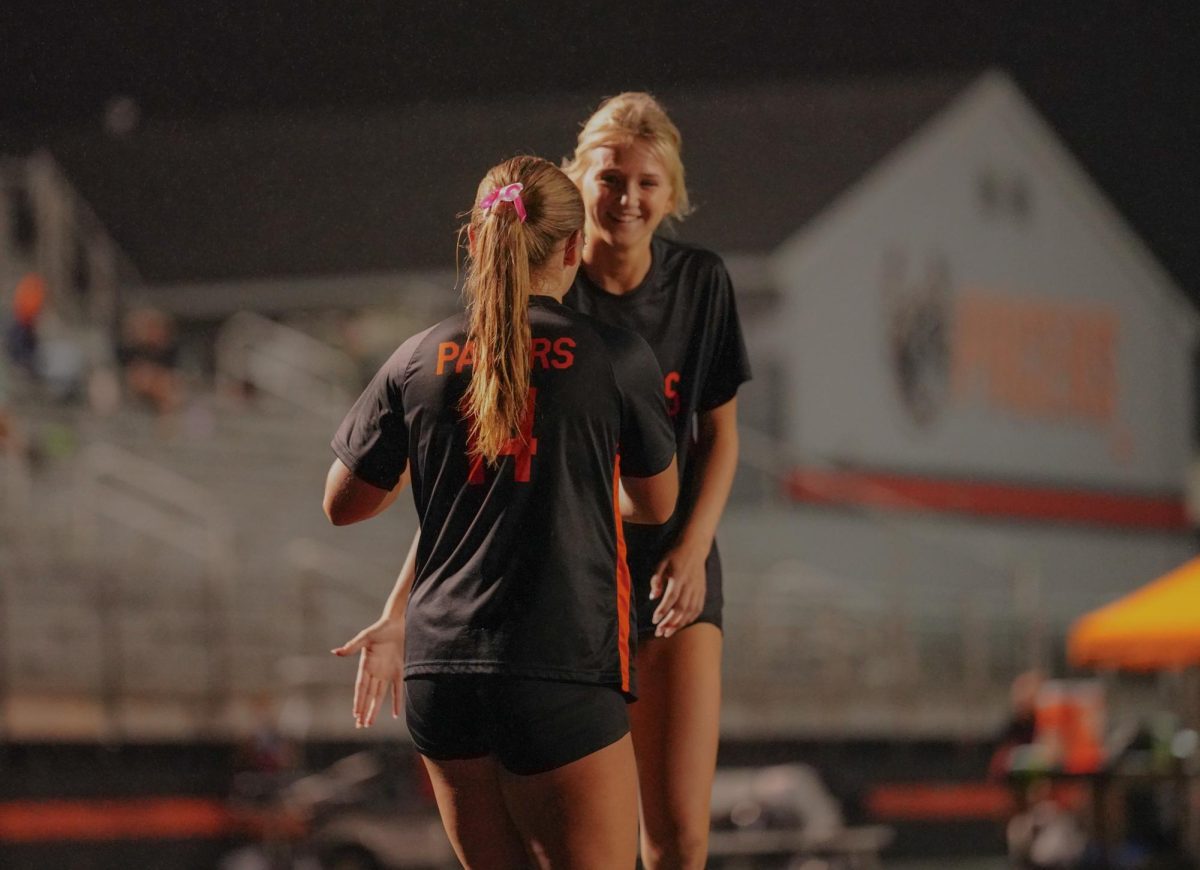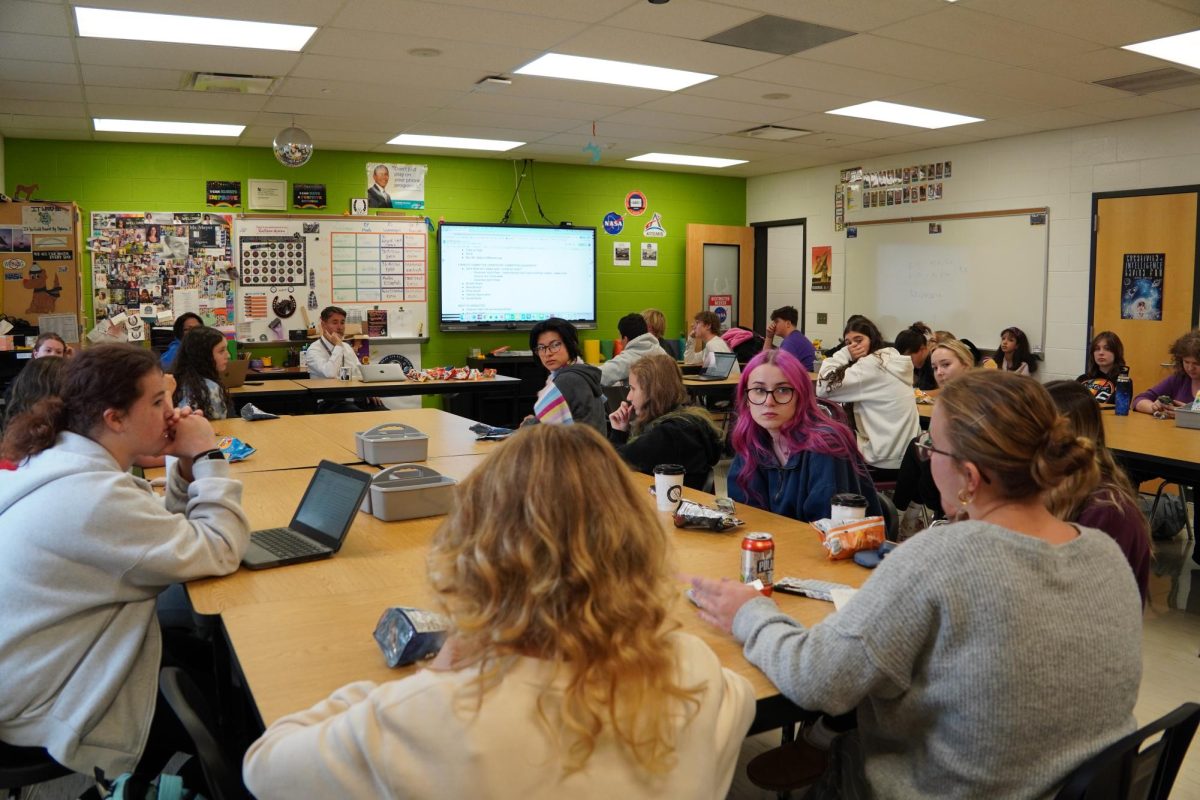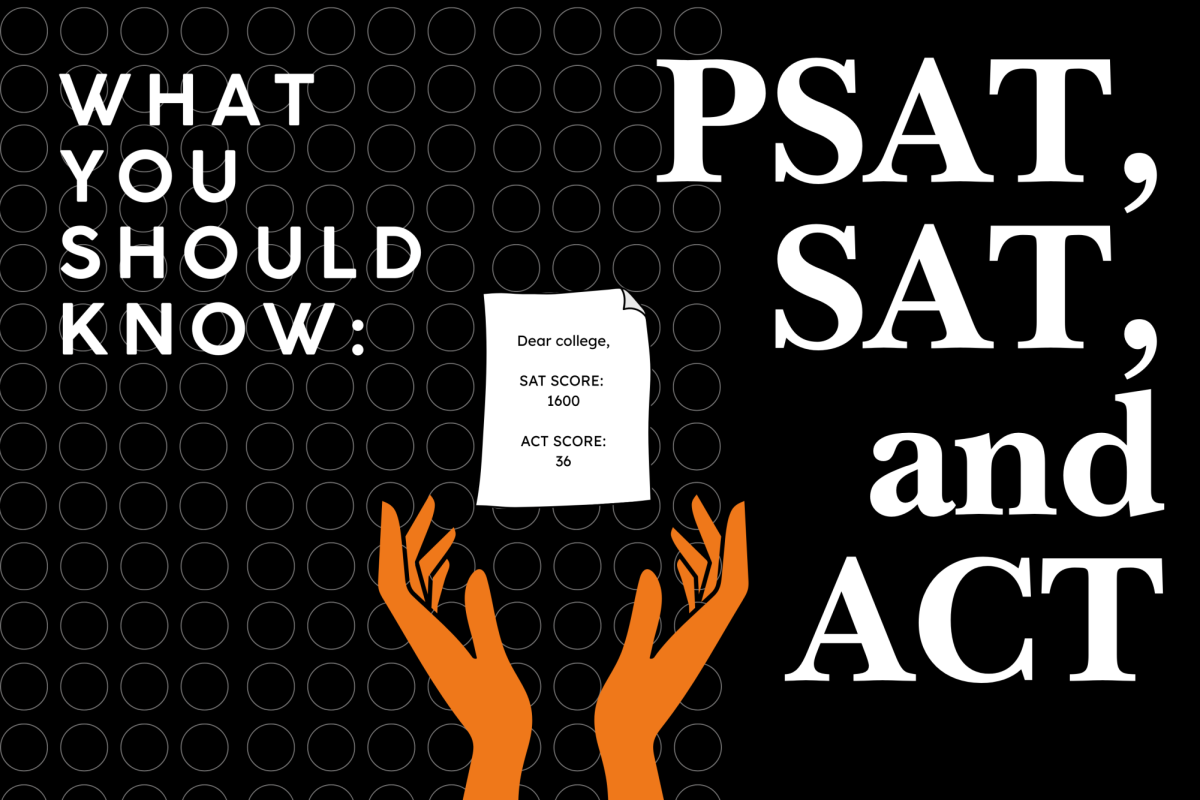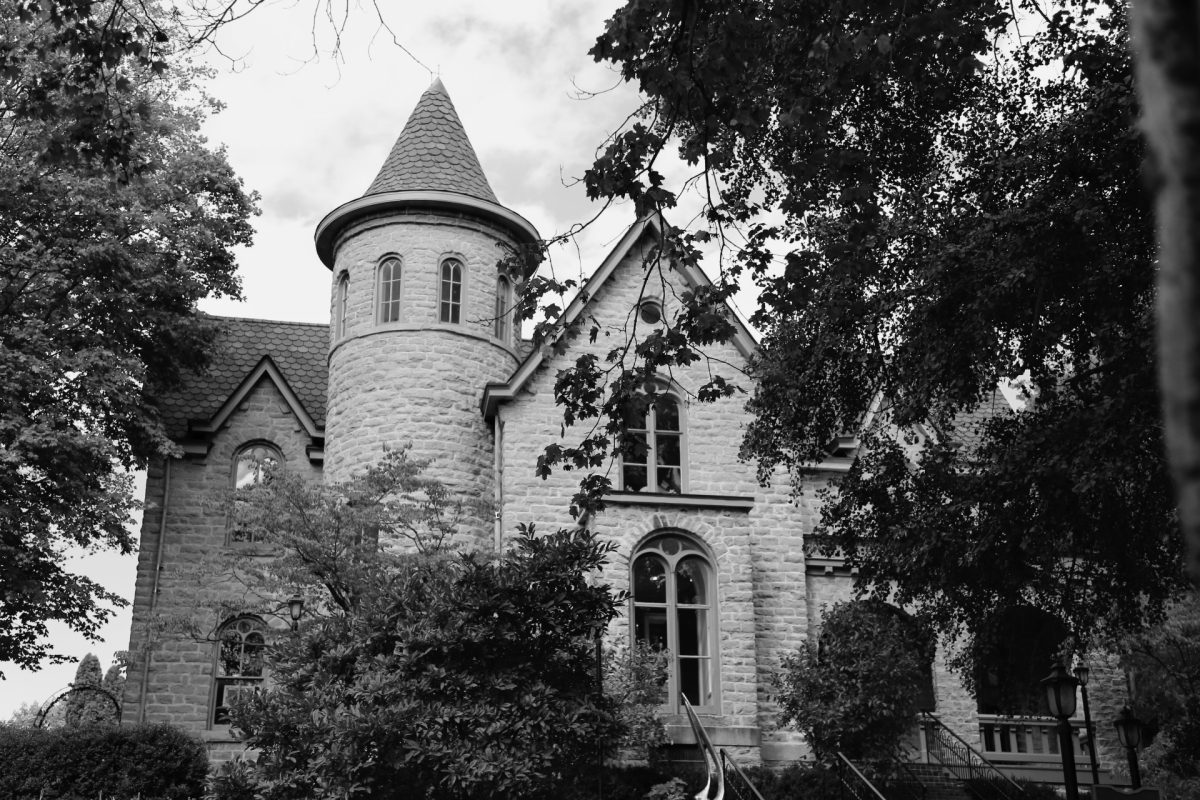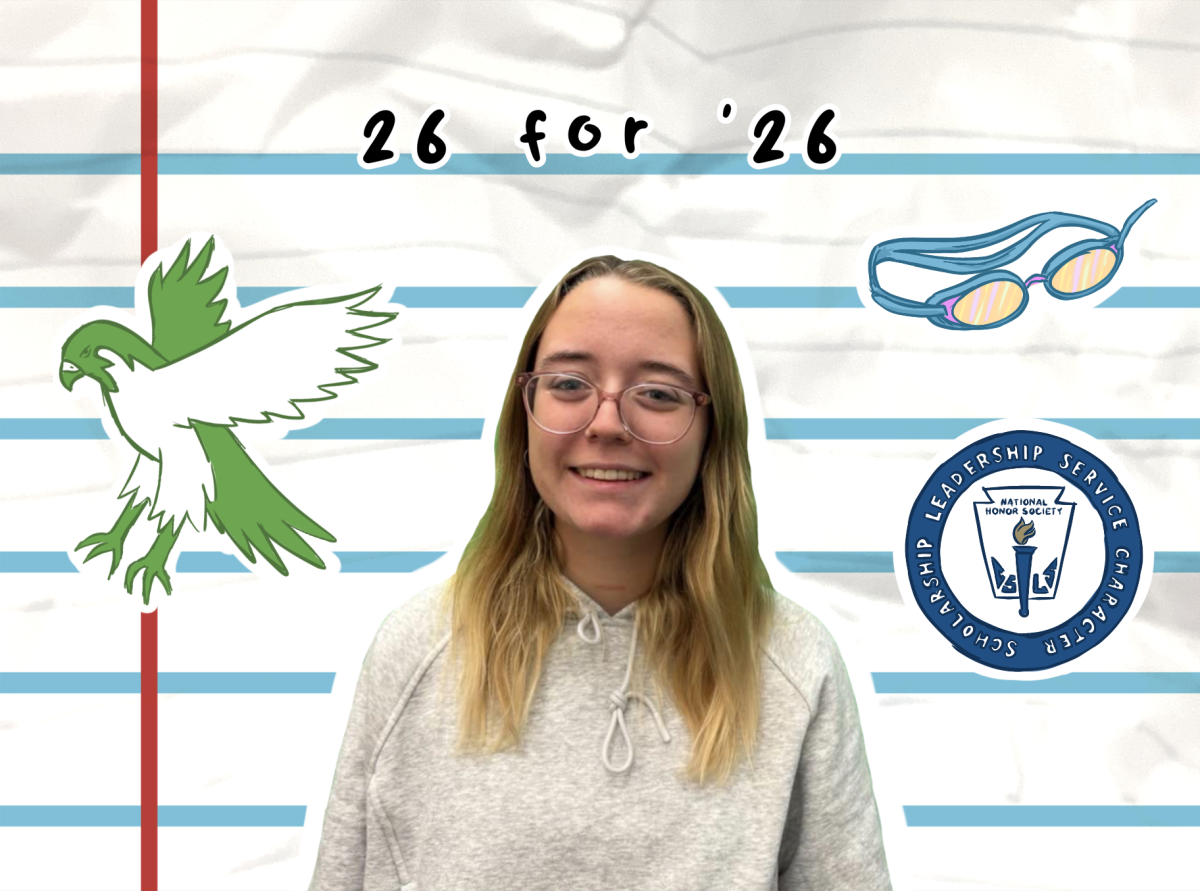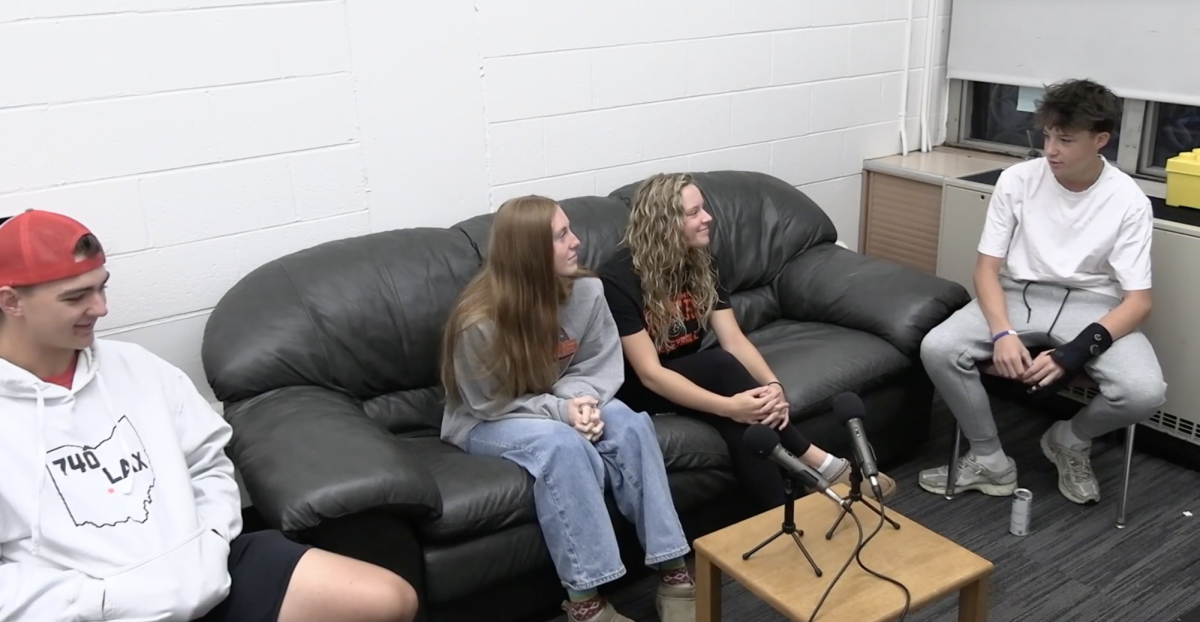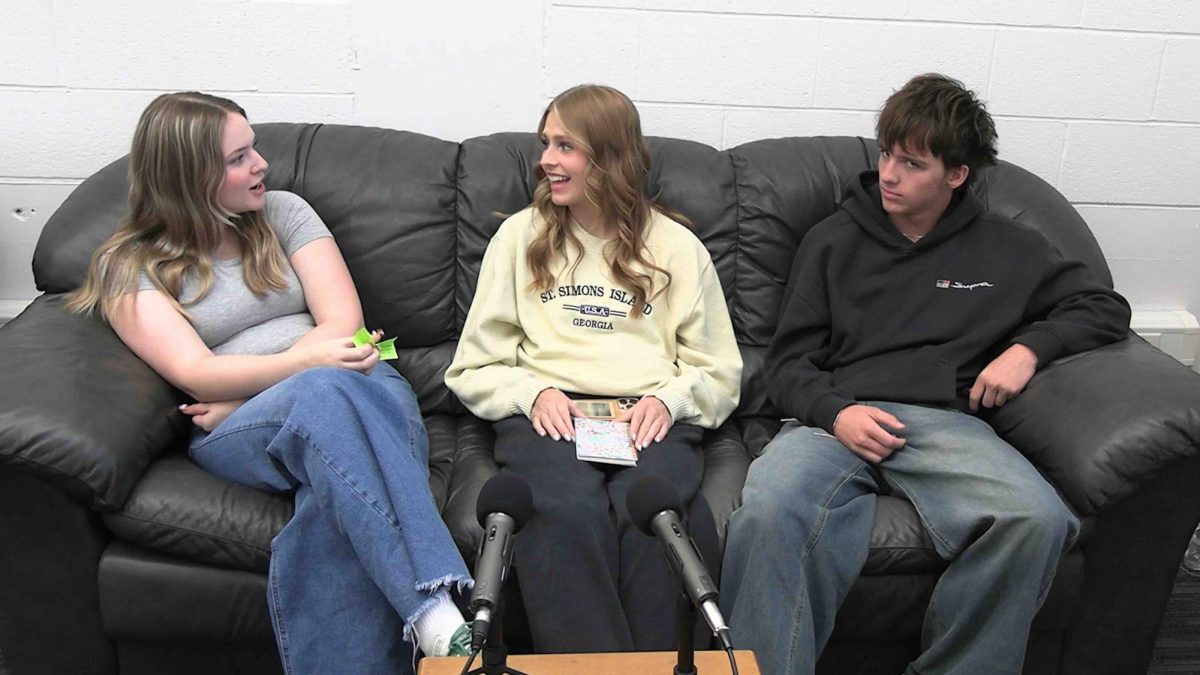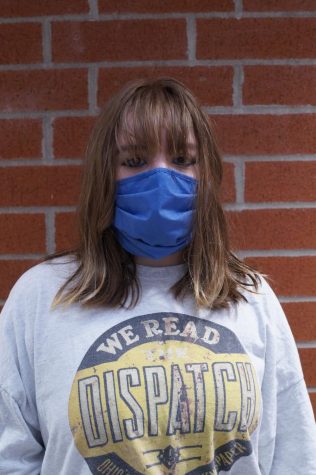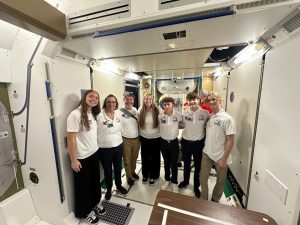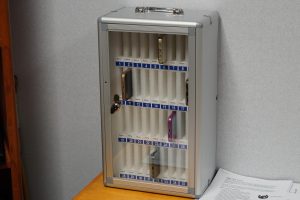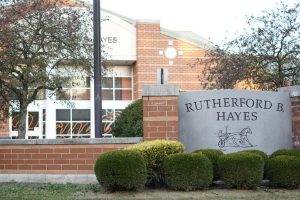Expanding bathroom accessibility to all students
As of now, bathrooms at Hayes are designated male or female, even single-stall bathrooms. That could be changing this spring.
March 14, 2022
Editor’s Note/Update: During the time between this story’s research/interviews and publication date, administrators announced that the single-stall bathrooms in the Rowland Center will be switching to unisex bathrooms, once appropriate signage is available.
Bathrooms should be accessible for everybody, no matter their orientation. Non-binary and transgender students should be able to use school bathrooms in comfort like other students.
Currently, Hayes has bathrooms that are marked for boys and girls, but nothing else.
LGBTQ+ students hope to have a bathroom that is accessible to them in the future. Some worry about the administration not allowing it, or other students impeding on that chance.
“I hope that they would,” junior Brennan Mumper said. “But given that we don’t already have one, I’m not sure.”
Using bathrooms that do not align with a student’s gender orientation can be an isolating experience for them. Not having a choice that aligns with their gender orientation could feel awkward and make students feel self conscious.
“It would be nice to have options and be included,” Mumper said.
Over the past few years, the number of non-binary and transgender students has increased at Hayes. With the number of LGBTQ+ students increasing, schools are needing to represent them more. A gender neutral bathroom is a step to making those students feel heard and seen.
“There’s an entire section of students who are currently excluded by our gender-divided standards,” Mumper said. “So yeah, it’s important for people to be able to feel comfortable and included.”
Encouraging students and administrators to embrace this idea can be complicated though. Some think maintaining the bathrooms is already hard enough as is.
“It’s hard to manage bathrooms…but that applies to all bathrooms, not specifically gender neutral bathrooms,” Mumper said.
It’s not just students who want to make a change, either. There are teachers at Hayes who advocate for gender neutral bathrooms and want to help students feel comfortable.
“As much as 70% of trans and non-binary students report that they do not feel comfortable using the restroom in public,” said Samantha Hunter, an English teacher who advises the GSA at Hayes. “That’s just way too high. That number is the priority.”
These changes are not meant to scare families or staff, but to bring awareness to a situation that is unpleasant for students.
“I think that sometimes people assume that by making it gender inclusive, it would remove male and female restrooms,” Hunter said. “I think those are in place for a reason. Let’s not take away bathrooms that are male and female, let’s add on.”
Staff and students should be able to work together to create a space that more kids feel at ease in. Support from teachers and administrators is crucial for these students.
“As the adviser of the GSA here, my job is to support…It matters to other people so it matters to me,” Hunter said.
Students may view the staff administrators as unsupportive. Teachers see a different side of that story, though.
“We have a lot of allies in this building. It’s about making that known,” Hunter said. “That’s our next step.”
Bathrooms have changed so drastically over the years, and they are likely going to continue changing. Many changes are made for schools and the public, such as providing child-height toilets and sinks for elementary schools and installing diaper changing stations.
Students can start making a change now. Single stall bathrooms are available in the school, and teachers recommend that they talk to administrators about installing different signs for those bathrooms.
“[Building a new bathroom] is not in the budget,” Hunter said. “[Changes in signage] would involve citing research, having very level-headed conversations.”
In order to make a change, conversations and research are crucial. Comfort in school bathrooms can be increased for all students by making small changes.
“We have made bathrooms more accessible before,” Hunter said. “We can do it again.”


